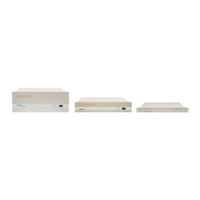ND SatCom SKYWAN IDU 2070 Manuals
Manuals and User Guides for ND SatCom SKYWAN IDU 2070. We have 1 ND SatCom SKYWAN IDU 2070 manual available for free PDF download: Manual
ND SatCom SKYWAN IDU 2070 Manual (154 pages)
SkyWAN IDU 7000
Table of Contents
-
-
Summary17
-
-
-
Introduction23
-
-
Stream Slots38
-
-
-
-
-
-
Introduction77
-
-
Skywan89
-
-
-
-
Transponder Data100
-
Hub Stations101
-
Carrier Topology102
-
-
Antenna Data105
-
Optimizations105
-
Conclusion107
-
-
-
Introduction111
-
-
Static Routing116
-
-
Advertisement
Advertisement
